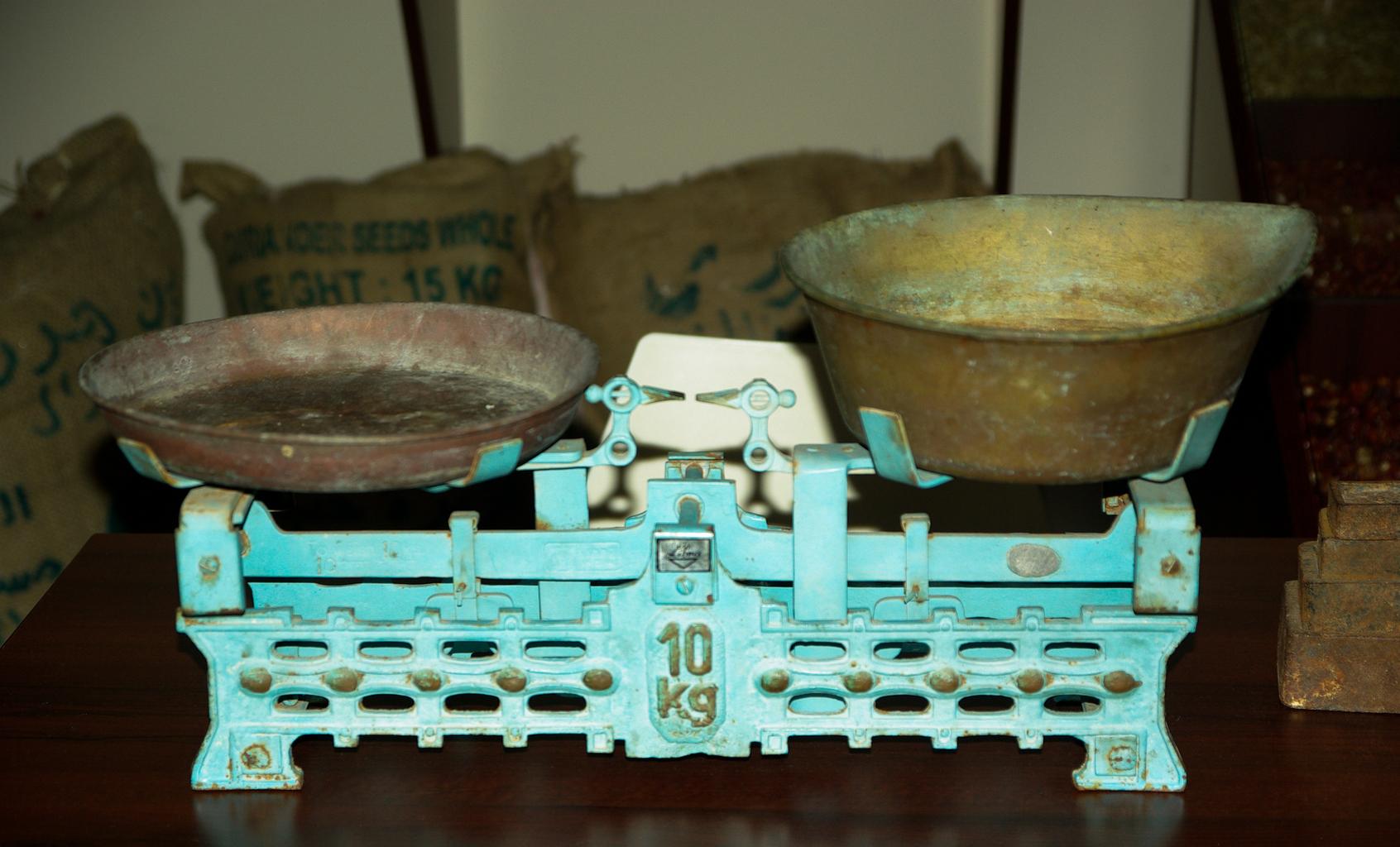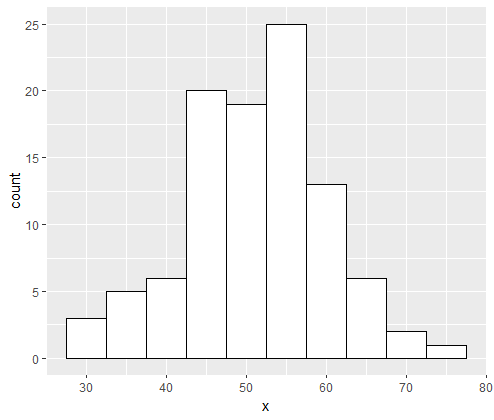How to Join Data Frames for different column names in R
How to Join Data Frames for different column names in R?. Using dplyr, you can connect data frames in R based on multiple columns using the following basic syntax. Data Science Statistics Jobs » Are you looking for Data Science Jobs? library(dplyr) left_join(df1, df2, by=c(‘x1’=’x2’, ‘y1’=’y2’)) Where the following conditions are true, this syntax will…
Read More “How to Join Data Frames for different column names in R” »
















